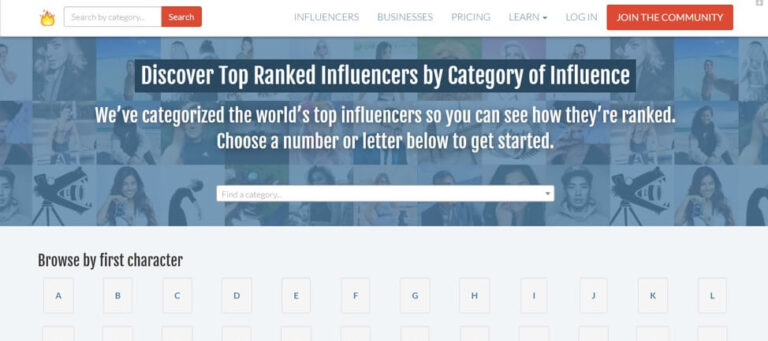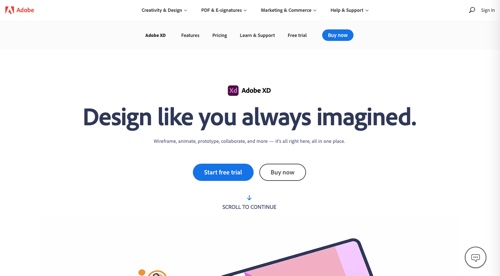
Attempting to understand experience through exit pages and bounce rates tells only part of the story. If you want to provide an ecommerce experience that works for your visitors, you must have all the data points that contribute to each customer’s ultimate behaviour.
Ecommerce professionals are finding the tools they used to understand online behaviour a few years ago aren’t cutting it anymore. Today’s landscape requires real-time digital insights to help you learn what customers expect when they visit your site so you can deliver it every time.
Often, it’s a simple, fixable UX mistake that can kill a conversion (such as these 10 UX mistakes). Maybe your stylish navigation creates confusion for shoppers before they can even hit ‘add to cart’. Maybe a special offer for free shipping doesn’t trigger at checkout – killing customer enthusiasm, smothering the sale, and tying up reps with repetitive customer complaints.
Data is the key to fixing problems faster across your ecommerce operations, from technical support to customer relations. Optimising ecommerce revenue starts with collecting the greatest amount of data about each visitor – then using it to drive frictionless, personalised digital journeys. When you truly understand why your customers behave as they do, you have the power to deliver an optimised experience that leads to maximum revenues, generates greater profit, and nurtures happier customers.
More traffic, more “whys”
You can learn about their habits through actions taken on your site, of course, but really getting the most from your ecommerce opportunity means understanding those actions not just as large trends, but as a series of decisions made by real people. You need deeper insights to gauge each individual’s tolerances, preferences, frustrations, and expectations.
The secret to optimising ecommerce revenue is buried inside that ‘why’.
The future of ecommerce is about more than testing elements to find the path of least resistance for the greatest number of visitors. It’s being able to create an experience that provides value to each visitor. Our data at Glassbox shows that there are more than 1,000 elements that contribute to a single customer session, and every single one is an opportunity to win or lose the conversion.
Where journey mapping fits in ecommerce
Every session on your ecommerce site or app is combustible. Friction from any number of factors – from webpage performance to poor navigation, bugs, and irrelevant offers – can derail a transaction and erode brand loyalty. Standard conversion and abandonment metrics are all useful for establishing a baseline, but they only tell you what your visitors did – not why.
- Prioritise the most valuable customer journeys. Session data is constantly updated to identify journeys that hold the greatest value, those that have the greatest untapped potential, or the struggles that inhibit them. Combining it with historical data lets you focus on and monetise the journeys that drive digital performance.
- Identify frustration. Sentiment and behavioural data connect the dots so you can see exactly where you lost a customer, what they tried before they left, how much it cost you, and where you can reduce friction in each session.
- Personalise better. Customer behaviour will tell you almost everything you need to know about what they want. Journey mapping shows you more opportunities to offer personalised content and purchase recommendations – which consumers expect more than ever.

Leverage data you already have to provide new value
The more you know about your visitors, the better you can serve them. The bad news is that brands are in a bit of a blind spot when it comes to shoppers’ expectations of personalisation: surveys show brands think they’re much better at providing personalised experiences than consumers do.
Digital journey mapping is an essential tool in your ecommerce arsenal, telling you which paths lead to conversion and where you lose potential customers. Journey mapping becomes even more actionable when paired with data that helps you understand ‘why’, such as session replays, voice-of-customer sentiment, and technical performance data (as with Glassbox’s Augmented Journey Map™, pictured below). With real-time journey insights, you can:
Growing scrutiny on how brands use consumer data – both from regulators and consumers themselves – means behavioural information collected on your site is one of your most valuable resources in a first-party future.
Drive not just revenue, but profits, too
Ecommerce brands face a rapidly evolving landscape, shaped by the continuing ecommerce boom – projected to reach up to .2 trillion USD this year – and the global pandemic spurring changes in customer expectations at an unprecedented pace. In a short period of time, people significantly altered the way they evaluate brands, make online purchasing decisions, and select the brands worthy of their long-term loyalty. In addition to the always-important factors of price and quality, these new customers are looking for brands who understand them as an individual and will tailor an experience just for them.
Smart use of data can help you increase conversions and decrease abandonment, but digital experience insights can help you evolve your digital operations even further. For example, session replay enables your customer service and support teams to review a customer’s exact experience and pinpoint what went wrong, reducing time spent resolving web and app issues. Similarly, anomaly detection and automated alerts eliminate the need to test and hunt for issues by quickly notifying IT and engineering about critical errors and bugs, drastically reducing troubleshooting and QA.






